- Home›
- Healthy Living›
- 6 Home Remedies For Ear Pain In Kids
6 Home Remedies For Ear Pain In Kids
By: Kratika Fri, 24 Mar 2023 08:35:34
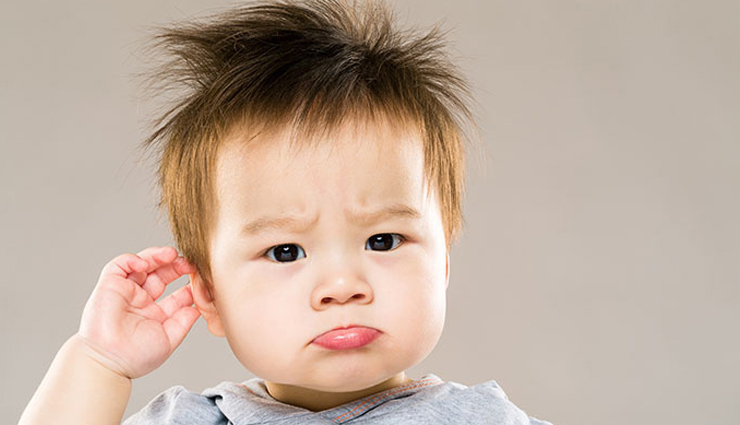
Ear infections are one of the most common conditions in early childhood. Although the American Academy of Pediatrics (AAP) recognizes several strategies for preventing ear infections—including breastfeeding, vaccinating (especially against flu and pneumococcal viruses), and avoiding secondhand smoke—more than 80 percent of U.S. children have at least one ear infection by age 3.
In nearly all cases, ear pain is the leading symptom. Relieving the pain can increase the child’s comfort and ease parental anxiety. Historically, the treatment of choice for ear infections was antibiotics, with 16 to 20 million antibiotic prescriptions being written each year. However, concerns about increasing resistance to antibiotics have caused doctors to take a harder look at this practice.

# Olive oil
Olive oil is often sold in drugstores as a cerumenlytic—an ear canal lubricant that can loosen troublesome ear wax and provide soothing relief. To apply, warm the olive oil to a lukewarm temperature. (Put the olive oil in a small, sealed bottle. Hold the bottle under warm tap water, shaking it gently so that the warmth is evenly distributed.) Test a drop on your fingertip before putting any oil in your child’s ear. The oil should be close to body temperature; fluids that are too hot or too cold can cause dizziness. Tip your child’s head to the side and, with an eye dropper, put 3–5 drops in the affected ear. You may put a piece of a cotton in the ear as-needed so that the oil doesn’t leak out. Do not put drops in the ear if your child has ear tubes, or if you think there is a chance that the eardrum has ruptured (characterized by fluid draining from the ear).
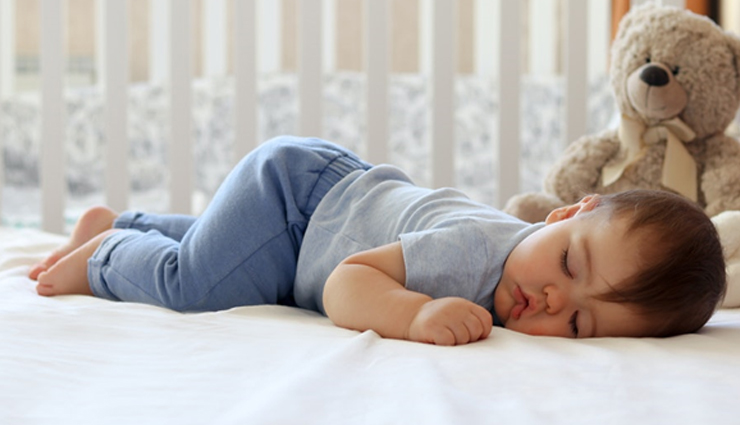
# Sleep positioning
Lying down flat can sometimes worsen the feeling of pressure and pain in the infected eardrum. To reduce the pooling of fluid in the eardrum, consider the best sleep position. For children who are old enough to have pillows in their sleep space (age 1 and older), an additional pillow under the head may help. Although young infants should always be put on their “back to sleep”, older children can be encouraged to sleep on the unaffected side. In addition, a cotton ball lightly coated with oil or herbal drops can be placed gently in the older child’s ear at bedtime to loosen wax and alleviate pain.
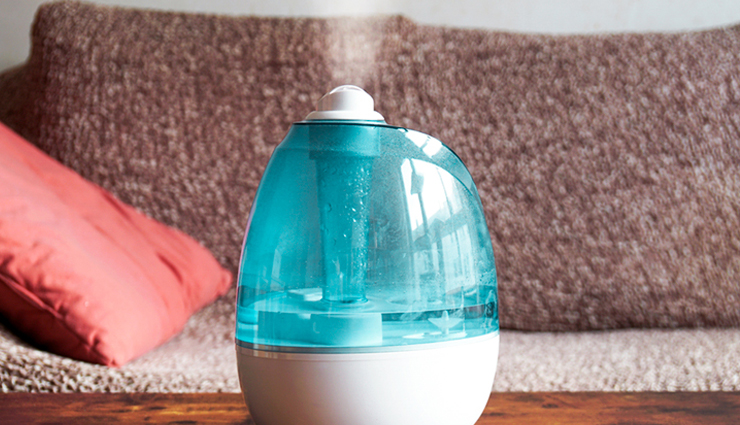
# Warm, moist air
If your child’s ear pain follows a cold or upper respiratory infection, breathing in moist air can help alleviate the pain by reducing swelling in the upper airway and relieving pressure against the eardrum. Turn on the hot water in the shower and sit with your child in the steam-filled bathroom. Use books or toys as a distraction. Keep the door tightly closed, so the steam doesn’t escape. For older children, you can use a sink or large bowl full of hot water for this purpose. Position them so their nasal passages are over the steam. If possible, have them lean forward and drape a towel over the back of their head, to contain as much steam as possible. Your child should experience some relief within 5–10 minutes, although 15–20 minutes of exposure often provides the best results. Repeat as needed. If leaning forward creates uncomfortable pressure in your child’s ear canal, try the shower-steam approach.
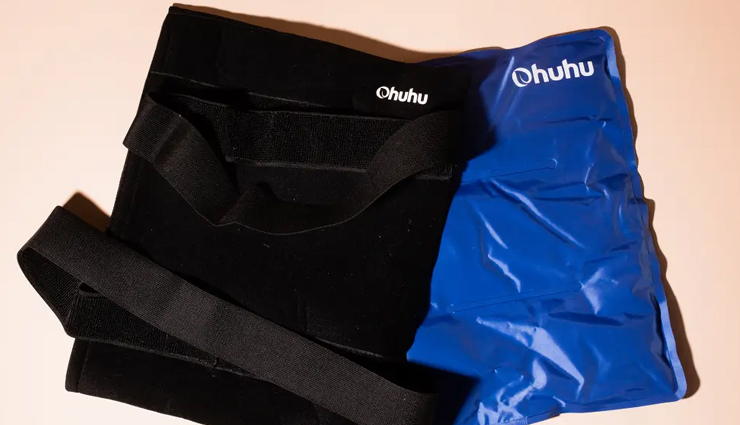
# Warm, moist heat
Wrapping a hot water bottle in a damp towel and holding it against the aching ear for a few minutes may provide some pain relief. If you don’t have a hot water bottle on hand, a rice sock can be heated in the microwave for short bursts. Another alternative is a warm, wet washcloth. If you use a washcloth, be sure to wring it out well. You want to avoid dripping water into the infected ear.
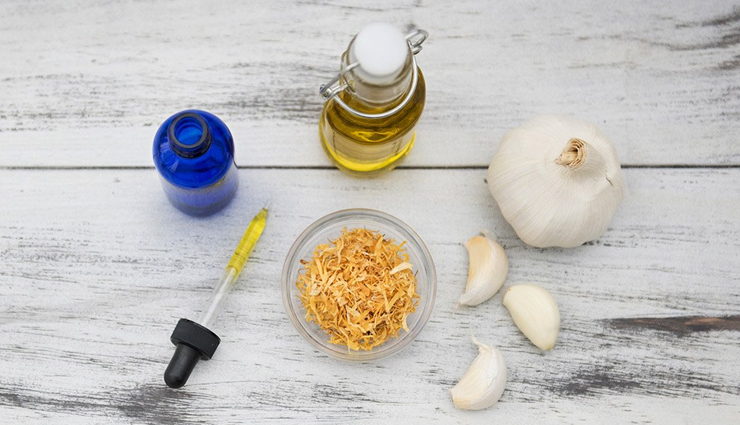
# Herbal drops
Herbal drops may provide some pain relief for children with ear infections. A study published in Pediatrics found that herbal ear drops (allium sativum, verbascum Thapsus, calendula flores, hypericum perfoliatum, lavender, and vitamin E in olive oil) helped to alleviate pain. In the study, drops were administered 3 times per day, 5 drops at a time. Always check the product label for dosing and instructions. While many varieties of herbal ear drops are available over-the-counter, you may want to ask your child's health care provider or your local pharmacist for a recommendation. Avoid putting drops of any kind in your child’s ear if he has ear tubes or you think his eardrum may be perforated.
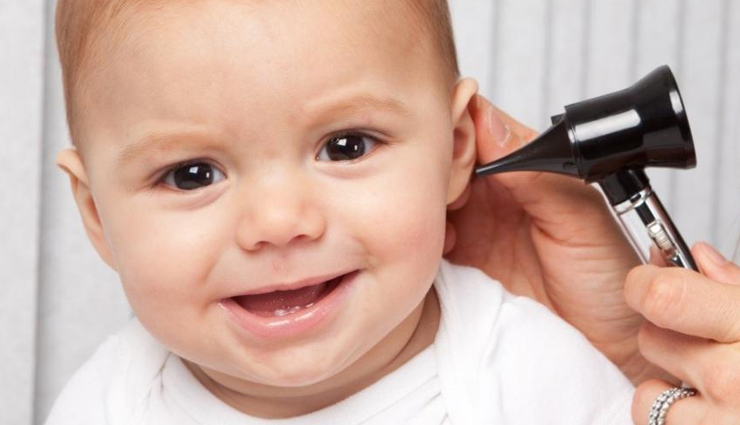
# Hair dryer
Yes, a hair dryer! After your child’s shower or bath, use a blow dryer at a low setting to dry her ear. Be sure to hold the device a comfortable distance from the ear. Use this technique briefly, for no more than one or two minutes at a time. Warmth can be soothing, and drying the ears prevents water from settling in the ear. Pooled water can make it easier for germs and fungus to grow (e.g., swimmer’s ear).





